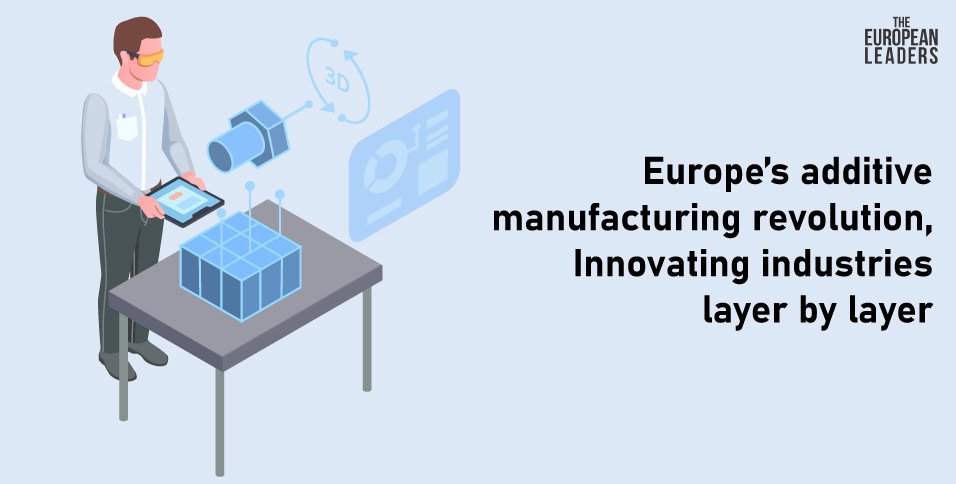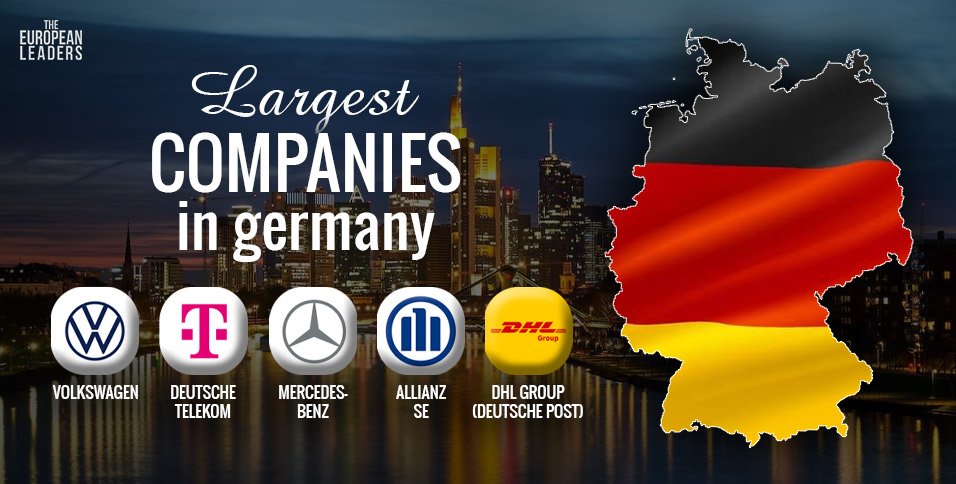Additive manufacturing, is the technique of producing objects from 3D model data by adding materials layer by layer, contrasting with subtractive manufacturing such as machining. In 3D printing, objects are created by depositing materials using a printer technology. Considering such technologies for activities related to designing, modelling, manufacturing, engineering, etc. can take your business to the volumes of exponential growth. Additive manufacturing is a multi-step process:
Step 1: CAD Design
In this initial phase, Computer-Aided Design (CAD) software is utilized to create and evaluate 3D models suitable for practical use. Popular CAD software options like AutoCAD, and SolidWorks are commonly employed for this purpose.
Step 2: Pre-Processing
This stage involves two primary activities:
1) Simulation Modeling: Structural integrity tests are conducted digitally to determine whether the 3D design is likely to fail and how it responds to forces. Common techniques include Computational Fluid Dynamics (CFD), Finite Element Analysis (FEA), and Non-Linear Stress Analysis.
2) Preparing Files for 3D Printing: Before printing, 3D designs must be converted into machine-readable instructions. Slicer software, such as Spatial’s CGM Polyhedra, is used to transform 3D designs into 2D layers or slices, which are used to generate tool paths or G-Code.
Step 3: Printing
The printing phase varies depending on the specific additive manufacturing technology being used:
– In typical 3D printing (binder jetting), layers of powder material are alternated with a binding liquid to build up the final product.
– Stereolithography (SLA) uses lasers to cure layers of photopolymer resin, with the build platform incrementally lowered as each layer is cured.
Step 4: Post-Processing
Post-processing is often the most time-consuming and costly part of additive manufacturing. The steps involved depend on the specific additive manufacturing process and typically fall into three categories:
1) Build Removal
2) Part Separation
3) Debinding
Europe excels in additive manufacturing because of its robust technology, established industries, and government backing, creating a fertile ground for innovation and growth in this field.
It is a rapidly growing industry sector, with a concentration of leading companies located in Europe. Here are a few:
- Dassault Aviation Group, based near Paris, is a prominent French manufacturer known for producing business jets, military, and previously regional aircraft. It is a major player in the business jet industry, holding a substantial market share of around 40%.
- Materialise, headquartered in Belgium, was founded in 1990 to explore the potential of 3D printing. Materialise caters to various industries such as healthcare, art, design, and consumer goods.
- Siemens Group, a German conglomerate specializing in energy, health, industry, and construction, designs software solutions for additive manufacturing.
Additive manufacturing is reshaping Europe’s industries with innovation and competitiveness, driven by pioneering companies and supportive policies. This technology promises a future filled with manufacturing advancements and endless possibilities. It goes without saying that the official website of the technology is to be referred for additional information and practical use.
ALSO READ: European hospitality startups, shaping travel and dining








